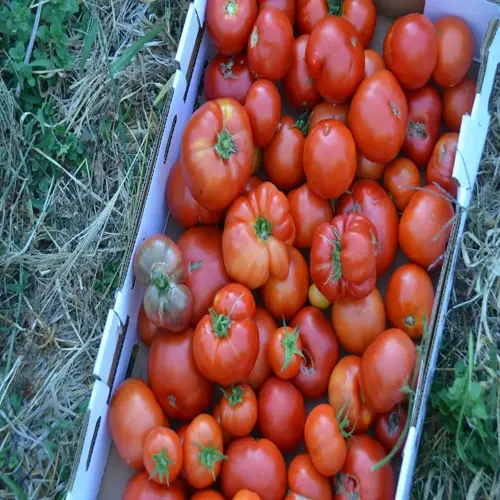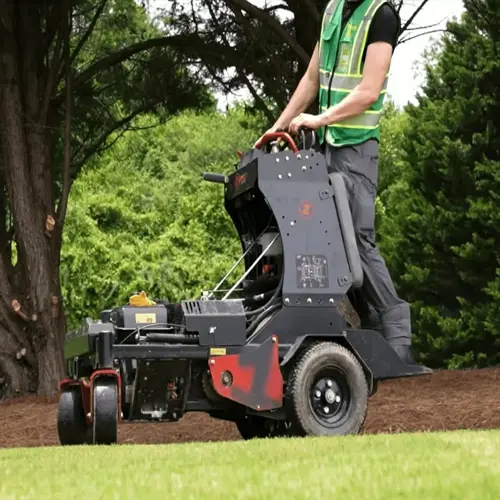How do I treat tomato plant diseases organically?

Written by
Kiana Okafor
Reviewed by
Prof. Martin Thorne, Ph.D.Manage tomato diseases naturally with effective, organic treatments. Copper fungicides control fungal infections when applied preventively. Neem oil affects the lifecycle of insects without harming beneficial ones. I use these weekly on humid weeks. Baking soda solutions treat molds on leaves. Beneficial nematodes attack soil-borne pathogens without harming the environment. Compost tea helps build plant immune systems to protect against disease.
Fungal Control
- Copper fungicide: Apply every 7-10 days during wet weather
- Baking soda spray: 1 tbsp/gallon water + soap for mildew
- Morning application prevents leaf burn
- Cover both leaf surfaces thoroughly
- Stop application 2 weeks before harvest
Pest Management
- Neem oil: Apply every 5-7 days at sunset
- Beneficial nematodes: Water into soil monthly
- Target aphids, whiteflies, and spider mites
- Combine with insecticidal soap for severe infestations
- Avoid spraying during bee activity hours
Use treatments correctly for maximum effect. Mix copper fungicide at a rate of 0.5 oz (approximately 1 tablespoon) per gallon of water. Apply neem oil cooler hours of the day often to avoid burning the leaves. To evenly spray everything, I use a backpack sprayer. Water nematodes are added to moist soil, applied before sunrise. Compost tea can be added as either a soil drench or foliar spray. Test new things on one leaf first!
Maximize gardening practices by incorporating them with treatments. Cultivation practices, such as rotating crops on an annual basis, help break disease cycles. Plant spacing provides airflow between plants. I prune the lower leaves to improve airflow, water plants with drip irrigation instead of overhead sprinklers. Add straw mulch to prevent soil splatter. These practices reduce the need for treatments.
Observe the plants in the days and weeks following treatment applications. Look for diminished pest activity or spotting. Be aware of any signs of phytotoxicity, such as leaf curling. Each week, I take pictures and track progress in my garden journal. If plants show signs of distress, alter the formulas. If your new growth is vibrant, then you know that the treatment was a success. Continue to use organic practices to achieve the long-term health of your garden.
Read the full article: 10 Common Tomato Diseases and Prevention Tips

